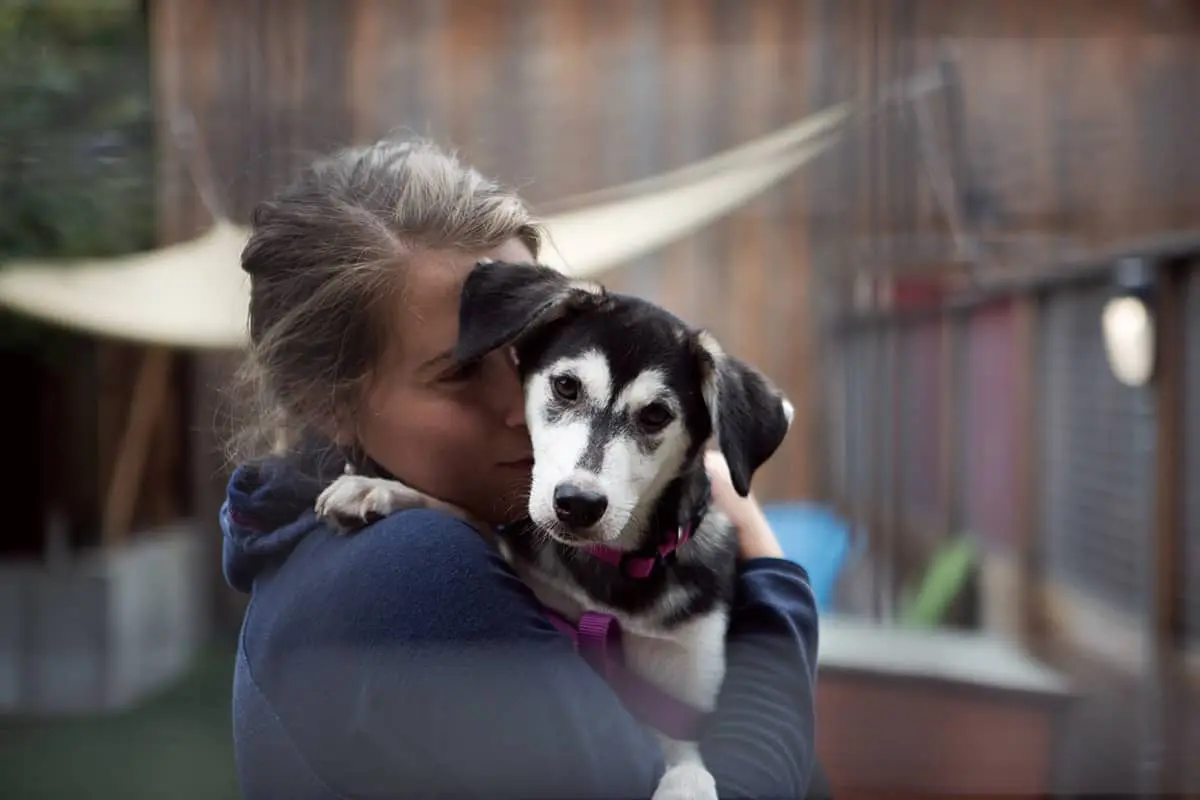By Lisa Newcomb // Photography by Ashley Cooper
—
Adopting a dog is practically a rite of passage in the Tetons. Spend a day in the backcountry or on the river, and nearly everyone you’ll see is enjoying the outdoors with their animal companions in tow. But like in many communities, we still have our share of homeless, surrendered, and even abused animals. And the transient, seasonal population in the Tetons contributes to the overcrowding of local shelters and the need for spay and neuter programs, training, and other local resources.
Fortunately, we have an incredible network of organizations in both Jackson Hole and Teton Valley—each contributing its own service to benefit the dog-and-human connection. “Everybody has a piece in the puzzle,” says Amy Romaine, executive director of PAWS of Jackson Hole. “[Still,] we all have the shared goal of reducing the number of pets in our local shelters.”
PAWS does not shelter animals. Instead, this nonprofit provides grants to local shelters, as well as offering education for community members and training for animals. PAWS’ programs include providing spay and neuter vouchers for pet owners. They also maintain Mutt Mitts stations, stocked with doggy waste bags, along trails and other recreational facilities in Jackson Hole. PAWS offers education and outreach programs on animal training and proper dog-and-owner etiquette in the area’s communal spaces. And they partner with the Community Safety Network to provide a SafePaws shelter on their campus, so that victims of domestic violence can stay with their pets.
The Animal Adoption Center, also in Jackson, houses animals waiting for homes, but works on a model quite different from traditional shelters. AAC does not accept owner surrenders. Instead, they work together with area shelters—including kill shelters—to facilitate fostering and the eventual adoption of pets. “We want to be part of the solution by helping create less homeless animals, on the whole,” says Carrie Boynton, executive director of AAC. Every dog at AAC goes home every night with a foster parent. Potential adopters are required to foster their adoptees for at least one night. And there’s a two-week trial period to ensure the new animal and family are a good fit for one another. AAC also has a spay and neuter program that operates with the help of local veterinarians and which travels across Wyoming, holding low-cost clinics and pet sterilization services.
Traditional shelters also play an important role by housing animals, allowing owners to surrender their animals directly to the facility and potentially saving animals facing possible euthanasia. “If [another facility] is overcrowded, [or vice versa], we try to help each other out,” says Josh Franco, operations manager at the Teton Valley Community Animal Shelter in Driggs. Franco explains that partnerships with area veterinarians are crucial to the spaying and neutering of the animals that pass through TVCAS, noting that every animal adopted from the nonprofit shelter is spayed or neutered, microchipped, and kept up to date on vaccinations.
While these are only three of the many pet-oriented organizations in our area, they help illustrate how animal welfare and adoption is truly a team effort. “I think there’s an amazing network here,” says Boynton. “It’s neat to see different organizations work on different aspects … trying to help animals find forever homes.”
Adopt a Pet of Your Own
—
In Wyoming:
- PAWS of Jackson Hole, pawsofjh.org
- Teton County Animal Shelter, facebook.com/JTCAnimalShelter
- Animal Adoption Center, animaladoptioncenter.org
- Dog is My CoPilot, dogcopilot.org
In Idaho:
- Teton Valley Community Animal Shelter, tvshelter.org
- Idaho Falls Animal Shelter, facebook.com/ifanimalshelter
- Snake River Animal Shelter, snakeriveranimalshelter.org
- Gabby’s Barn Cat Program, facebook.com/gabbysbarncatprogram

